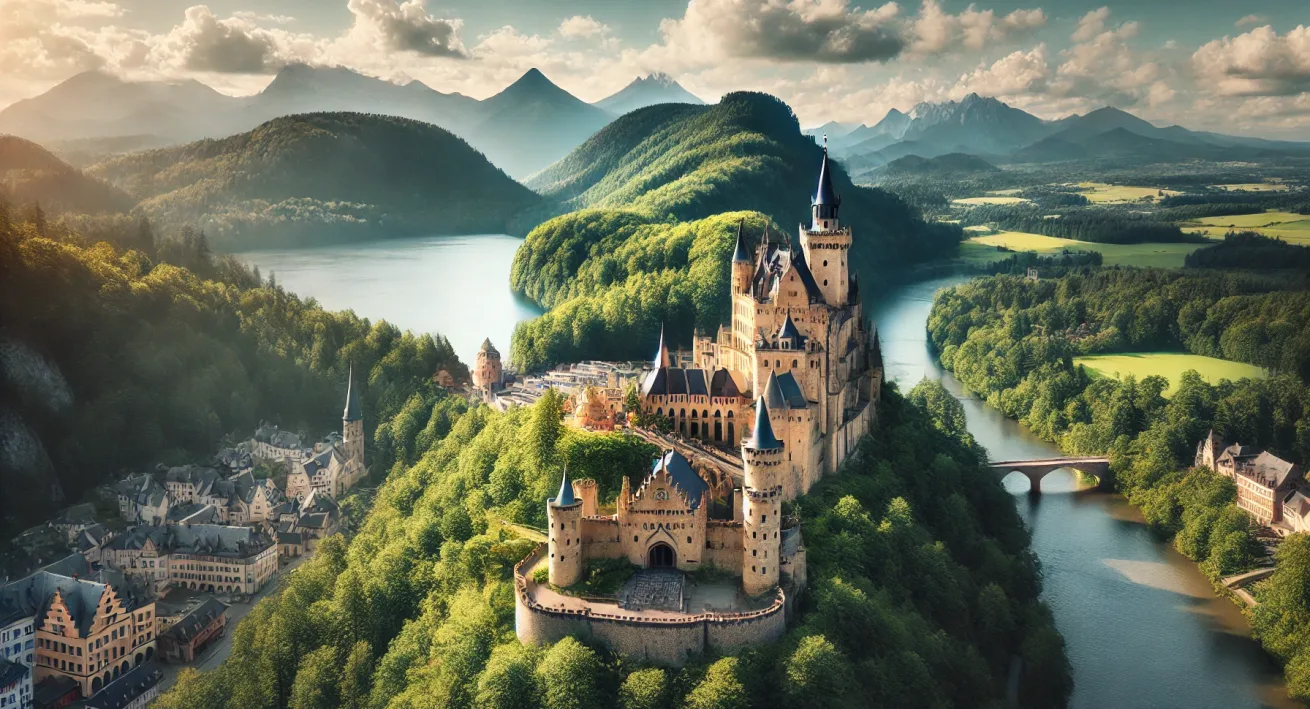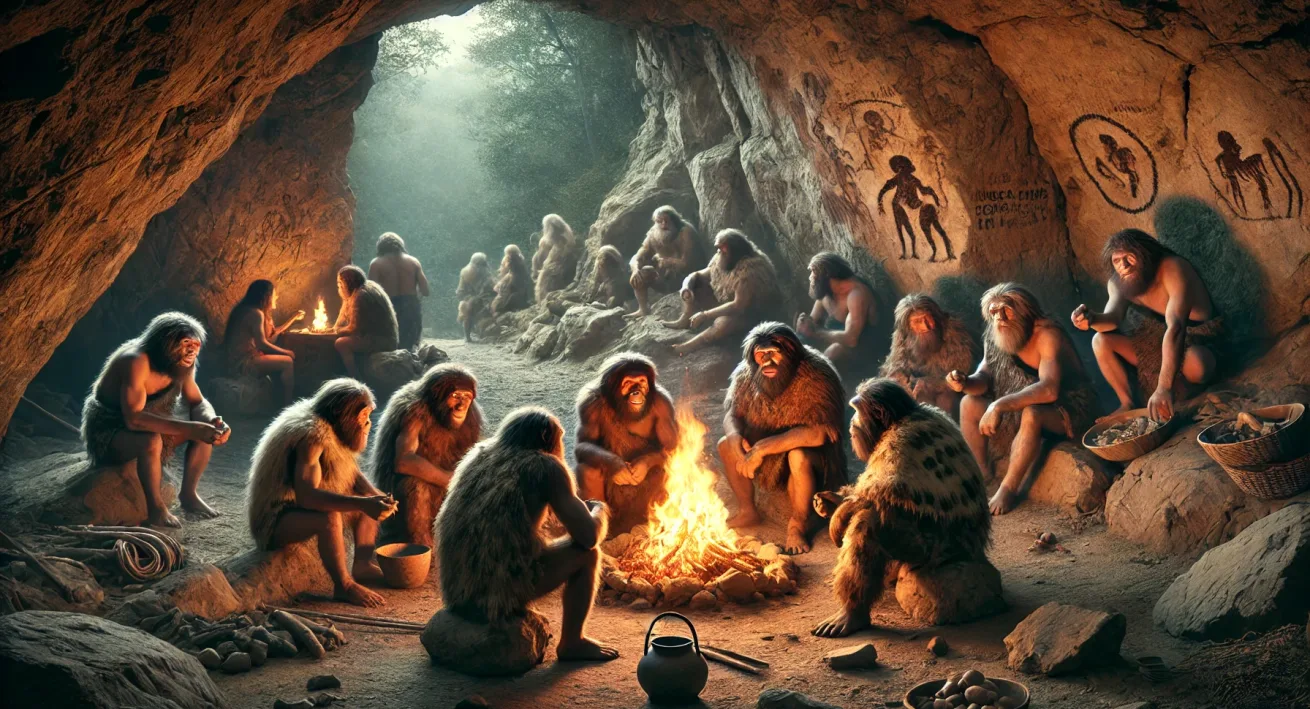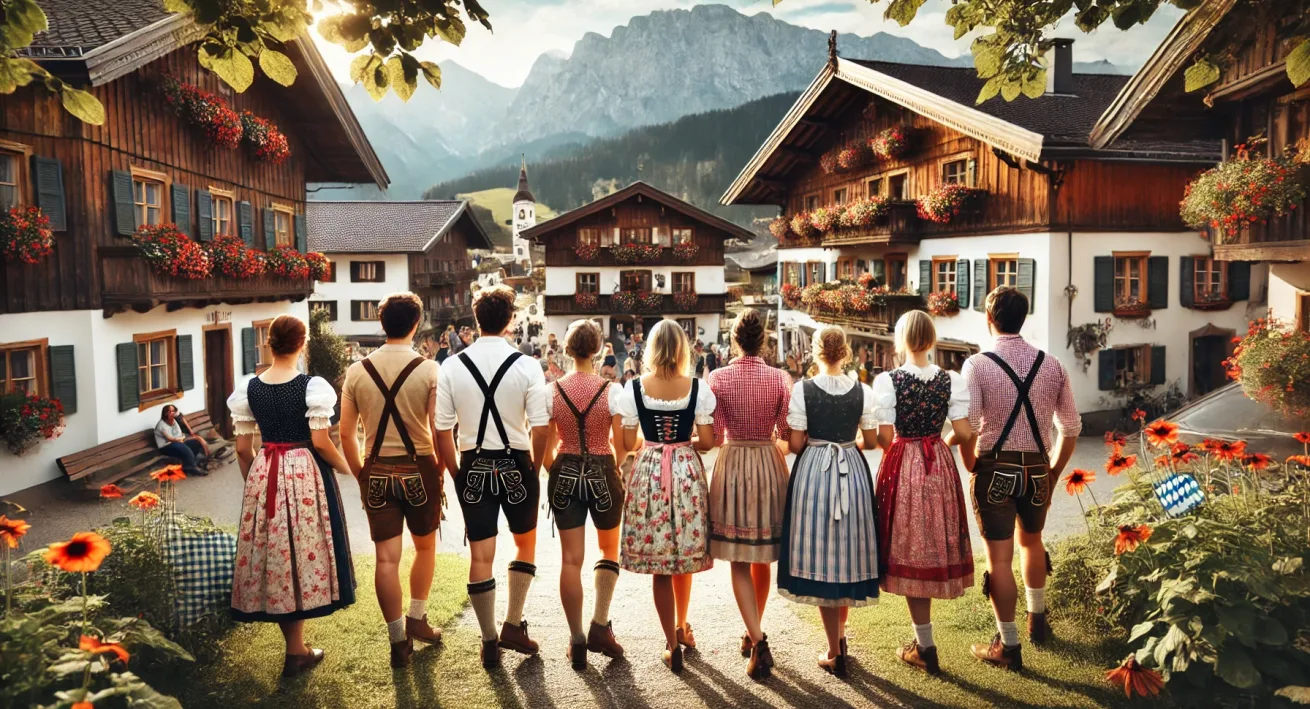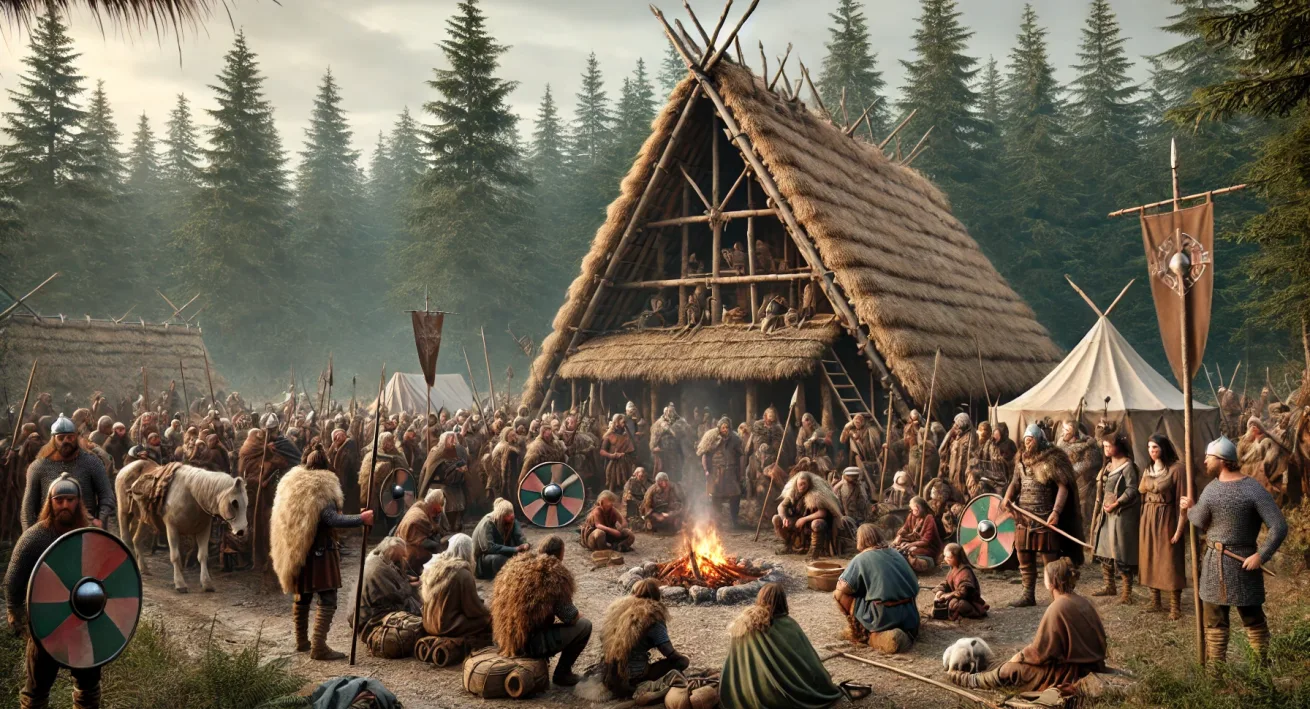Germany, with its rich and storied past, offers travelers the unique opportunity to step back in time by exploring its many iconic castles. These architectural marvels, scattered across the picturesque landscapes of the country, have stood the test of time, bearing witness to centuries of history, legends, and cultural shifts. Whether perched on a hill overlooking a river or nestled within a dense forest, each castle in Germany holds a story that captivates visitors from around the globe. In this guide, we’ll take you through some of the most remarkable castles in Germany, exploring their history, architectural splendor, and the role they played in shaping the nation’s heritage.




